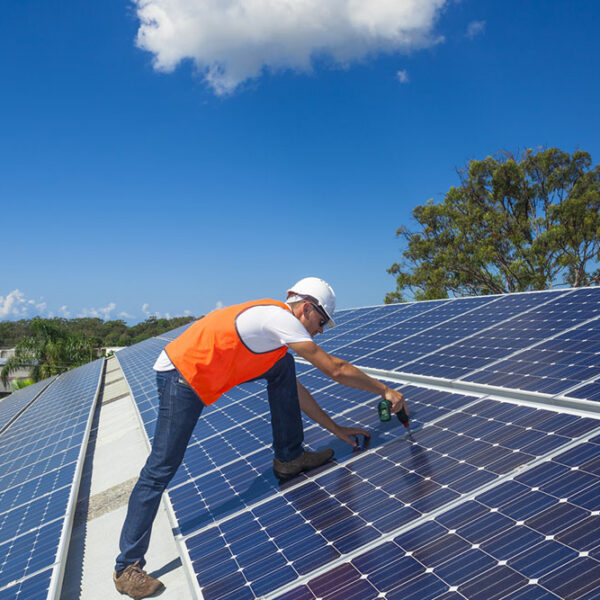A brief understanding of solar panels
Solar panels are used to convert sunlight into electricity or heat directly. Solar panels use solar energy for producing electricity and heat. One of the advantages of using solar energy is there is no emission of greenhouse gases. For this reason, solar energy is environment-friendly.
Many solar cells are assembled together to create solar panels. The amount of light energy that can be converted into electricity is dependent on the type of solar panel.

Solar panels have semiconductor type material in the converter, which is used to convert light into heat or electricity. A converter is hence the most important element in a solar panel.
Materials used in solar panels include silicon. There are three forms of silicon used – monocrystalline silicon, polycrystalline silicon, and amorphous silicon. There are different solar panels that are formed from these different silicones.
There are essentially two types of solar panels – first generation and second generation. The first-generation solar panels are made from monocrystalline or polycrystalline silicon. They give the output of 12 to 19%.
Second-generation solar panels are made of amorphous silicon and they give the output of 5 to 11%.
There are many advantages of solar panels. High savings, renewable energy source, low carbon footprint, easy maintenance, easy to replace, long lifespan, efficiency, reliability, increases the value of the property, and more are some of the many advantages of solar panels.
There are a few disadvantages of solar panels too. They include high installation cost, there are some hidden pollutants, require large space for installation, time restriction (can absorb solar light only during the day), and geographical location limitation.
Solar panels are used in many things that we use every day. Road signs, hot water, satellites, and calculators, these things use solar energy. Solar panels can be made at home and be used for generating electricity. One can install solar panels with a proper guideline and make the most of the natural source or energy present for us.





